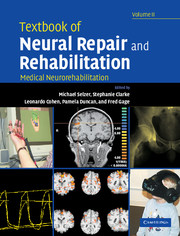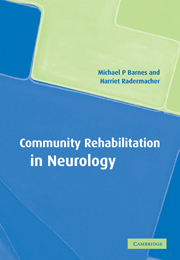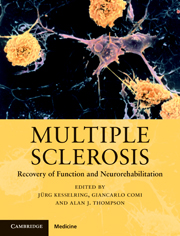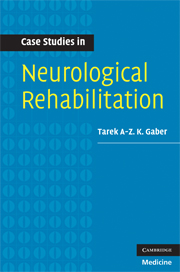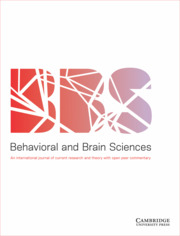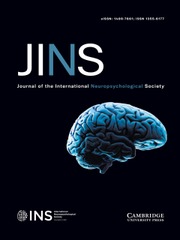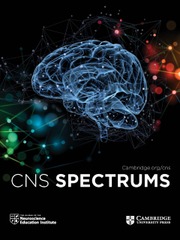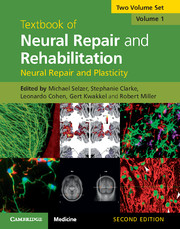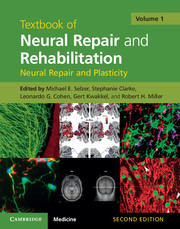Textbook of Neural Repair and Rehabilitation
In two freestanding but linked volumes, Textbook of Neural Repair and Rehabilitation provides comprehensive coverage of the science and practice of neurological rehabilitation. This volume, Medical Neurorehabilitation, can stand alone as a clinical handbook for neurorehabilitation. It covers the practical applications of the basic science principles presented in volume 1, provides authoritative guidelines on the management of disabling symptoms, and describes comprehensive rehabilitation approaches for the major categories of disabling neurological disorders. Emphasizing the integration of basic and clinical knowledge, this book and its companion are edited and written by leading international authorities. Together they are an essential resource for neuroscientists and provide a foundation for the work of clinical neurorehabilitation professionals .
- Comprehensive reference text covering basic science and medical neurorehabilitation
- Second of two freestanding volumes, serves as a clinical handbook for neurorehabilitation
- Describes comprehensive rehabilitation approaches for major disabling disorders
Product details
April 2006Adobe eBook Reader
9780511166723
0 pages
0kg
107 b/w illus. 5 colour illus. 45 tables
This ISBN is for an eBook version which is distributed on our behalf by a third party.
Table of Contents
- Preface
- Neural repair and rehabilitation: an introduction
- Part A. Technology of Neurorehabilitation: Part A1. Outcomes Measurement and Diagnostic Technology:
- 1. Outcomes measurement: basic principles and applications in stroke rehabilitation
- 2. Human voluntary motor control and dysfunction
- 3. Assessments, interventions, and outcome measures for walking
- 4. Electromyography in neurorehabilitation
- 5. Functional neuroimaging
- Part A2. Therapeutic Technology:
- 6. Cell transplantation therapy for Parkinson's disease
- 7. Conditions of task practice for individuals with neurologic impairments
- 8. Balance training
- 9. Functional electrical stimulation in neurorehabilitation
- 10. Environmental control and assistive devices
- 11. Wheelchair design and seating technology
- 12. Rehabilitation robotics, orthotics, and prosthetics
- 13. Virtual reality in neurorehabilitation
- 14 Communication devices
- Part B: Symptom-specific neurorehabilitation
- Part B1. Sensory and Motor Dysfunctions:
- 15. Chronic pain
- 16. Loss of somatic sensation
- 17. Management of spasticity
- 18 Arm and hand weakness
- 19. Gait disorders and rehabilitation
- 20. Balance, vestibular and oculomotor dysfunction
- 21. Deconditioning and energy expenditure
- Part B2. Vegetative and Autonomic Dysfunctions:
- 22. Rehabilitation of the comatose patient
- 23. Plasticity in the neural pathways for swallowing: role in rehabilitation of dysphagia
- 24. Autonomic dysfunction
- 25. Sexual neurorehabilitation
- Part B3. Cognitive Neurorehabilitation:
- 26. Rehabilitation for aphasia
- 27. Apraxia
- 28. Unilateral neglect and anosognosia
- 29. Memory dysfunction
- 30. Neurorehabilitation of executive function
- 31. Rehabilitation of dementia
- Part C. Disease-specific
- Neurorehabilitation Systems:
- 32. The organization of neurorehabilitation services: the rehabilitation team and the economics of neurorehabilitation
- 33 Traumatic brain injury
- 34. Neurorehabilitation in epilepsy
- 35. Parkinson's disease and other movement disorders
- 36 Neurorehabilitation of the stroke survivor
- 37 Rehabilitation in spinal cord injury
- 38. Multiple sclerosis
- 39. Cerebral palsy and paediatric neurorehabilitation
- 40. Neuromuscular rehabilitation: diseases of the motor neuron, peripheral nerve and neuromuscular junction
- 41. Muscular dystrophy and other myopathies
- Index.

